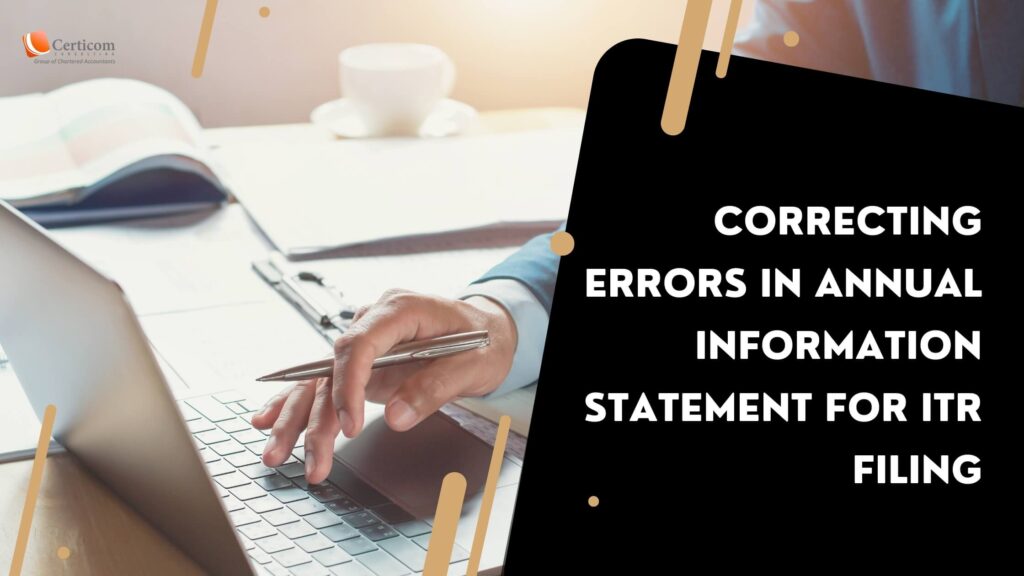Foreign Tax Credit in India: A Guide for NRIs
Foreign Tax Credit in India: A Guide for NRIs As cross-border employment, freelancing, and global investments become increasingly common, a growing number of Indians are earning income from foreign sources.…






